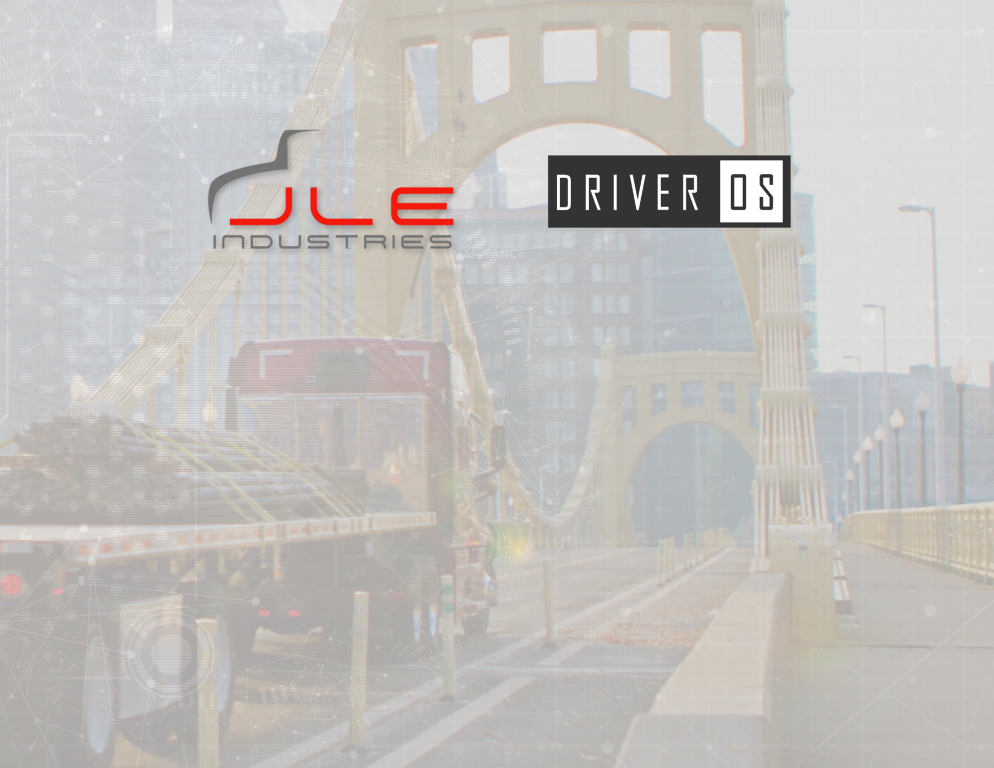
In addition to gaining the right to vote and to join the military, turning 18 years old will now also bring permission to operate commercial trucks. Recently, the Federal Motor Carrier Safety Administration, a branch of the Transportation Department, outlined plans to begin an apprenticeship program to train thousands of new drivers, part of a $1 trillion bill signed into law by President Biden in November 2021 to help modernize the nation's aging infrastructure. The program will allow more drivers to enter the workforce, providing a much-needed boost for the trucking industry in the midst of a long-term US labor shortage.
This issue is being addressed in many different ways. As noted above, the Federal government is helping open up the pool of potential drivers to new demographics, through adjustment of certain regulations and programming and subsidies as necessary. The concept of an apprenticeship program is based on a practical matter - that individuals cannot go straight from high school to interstate driving. Even if they were able to be licensed initially, the lack of professional training would disqualify them from a long-term career in the industry.
The need for the apprenticeship program stems from the mass labor shortages experienced across the US. According to the American Trucking Association, there is an all-time high shortfall of about 80,000 drivers needed in the U.S. trucking market. Given that trucks move 72 percent of American freight, a lack of drivers is indicative of substantial disruption.
One major factor in the decline of trucking labor is the historically demanding and isolating lifestyle of the industry. The average trucking company has an extremely high turnover rate, meaning that it must replace nearly all of its workforce in the course of a year. About 300,000 drivers leave the trucking industry each year, so logically, if employers make the effort to improve the wellbeing and quality of life of their professional driver talent, their driver retention rates will rise.
Over the past few years, the COVID pandemic has been a contributing factor to a steady decline in trucking labor availability. Many truckers are leaving the industry to spend more time with their families and to pursue a career with a more flexible lifestyle. A wave of retirements combined with those simply quitting for less stressful jobs is exacerbating the driver shortage across the country.
The trucking industry is not alone in its struggles to meet customer demands in the face of a labor shortage. Even Dominos is feeling the pressure, offering customers a $3 "tip" to come pick up their pizza rather than have it delivered. This begs the question: at a time when even finding pizza delivery drivers is a challenge, how will fleets address the nationwide professional driver talent shortage?
JLE Industries has been an outlier in the industry for the entirety of the trucker shortage, currently operating a fully seated Flatbed Fleet of 350 tractors with a long waitlist of professional drivers at the ready. This is in addition to our annual, 52-week turnover being below 25%. How is this possible during such a great labor shortage crisis? The answer is our dedication to supporting our professional driver talent, proven by our industry-best retention rate, an engaged and empowered workforce, and supported by our proprietary technology, DriverOS™, that connects the dots.
At JLE, we have been extremely successful in our talent acquisition strategy, attracting, engaging and retaining top-quality professional Flatbed talent. A cornerstone of this strategy has been our recent digitization and migration of the initial steps of our hiring funnel to the cloud in our DriverOSTMenterprise-grade dispatch collaboration and workflow management platform.
There are a number of steps we took in this process. First, we enhanced the DriverOS platform with a Talent Acquisition version of the DriverOS app. This allows our trucking candidates to track their application status in real time, as well as navigate through the app features. Next, the JLE's Driver Talent Ambassador (DTA) program was implemented into the DriverOS product experience. As a result, the DTA program has quickly become our most efficient organic-growth channel and is driving the highest quality Driver talent through the front door. This integration enables our Professional Flatbed Talent to get the most out of their referral efforts and, as a result, create additional income streams while building connectivity and engagement with JLE.
So how well is this working? So far, we have seen tremendous interest in JLE coming from both the seasoned professional Flatbed drivers and the younger generation. With an average age of 42 years for all new hires in 2021, this is a further indication that our ongoing technology investments and business model innovations will enable us to establish comparatively greater resiliency in our workforce.
Overall, JLE is successfully leveraging proprietary technology in every aspect of our business, particularly the driver-interfacing systems. Now the addition of the DTA program is able to engage candidates in JLE's technology stack earlier in the process than ever before. We have seen mass adoption of DriverOS™ within our Driver network, as seen in an over 300% increase in the Requested Loads that are ultimately accepted by the Driver, keeping control in the hands of the Professional Driver with guidance from our Support and Success Team. We continue to gather feedback from our PFT to continually improve DriverOS™ and maintain our fully seated fleet.
We continue to address the shortage through improving retention and in our efforts to build a better product. At JLE, our professional drivers feel the strength of being part of a team, rewarded, and respected for the vital role they play in strengthening the American economy.. People, process and technology are at the core of everything we do - and that includes supporting the overall wellbeing of our drivers. We are making investments in drivers' physical, emotional and mental health, as well as in resources that will improve their efficiency, boosting their careers and enabling them to reach their personal best.